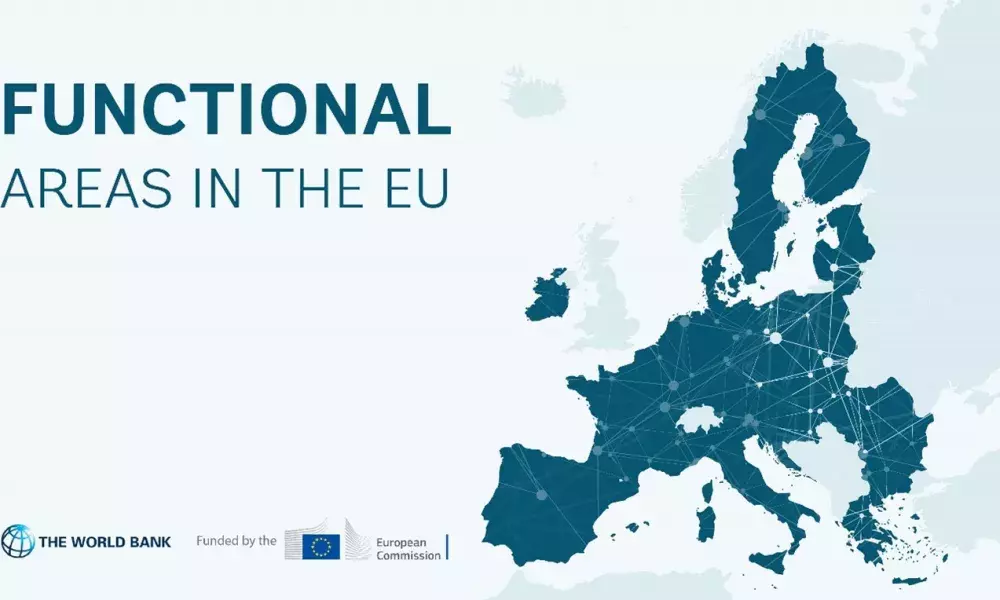
Functional areas that work, meaning that they are sustainable, inclusive, competitive, and resilient, have integrated urban development strategies that prioritize the needs of the individuals and the environment.
Jan Gehl showed us that “cities for people” are a must if we want to improve quality of life and reclaim spaces from cars. Out of all categories of city dwellers, the child is the only one that has needs that answer basic requirements for all. Putting children at the center of the development agenda of functional areas and each neighborhood enables the construction of sustainable places for everyone and invites and protects the nature.
To rethink spaces through actions for kids implies undertaking urban regeneration projects that are in line with the functional area's development strategy and adhere to sustainability principles. The child-friendly concept goes beyond traditional playgrounds and serves as a measure to enhance the quality of life for residents of all ages. This involves transforming underutilized or poorly maintained areas into livable, sustainable, and economically viable spaces by prioritizing upgrades to essential infrastructure, creating attractive buildings, and designing public spaces that are child-friendly.
Additionally, it also involves transforming children into active citizens through consultations and designing and planning with a child's perspective in mind. This guide highlights the importance of pilot projects at the neighborhood level and scaling up successful initiatives at the functional area level. Additionally, this guide covers other essential aspects such as education, the role of the private sector, and addressing the needs of parents.
It is divided into six chapters:
- How (how to enable long-term transformation with kids as a priority),
- Play (how to plan public spaces by going beyond the existing playgrounds),
- Move (how to create child-friendly routes and incorporate vertical mobility),
- Learn (how could the education system become more dynamic and inclusive by using the city as a living laboratory),
- Grow (how to invest in families for a resilient local economy by fostering the community inside neighborhoods),
- Engage (how to succeed in actively engaging children in planning and designing their urban childhood).
The aim of this guide is to emphasize the importance of prioritizing children in the development agenda and how this can lead to the achievement of multiple objectives, while also providing an overview of various projects and approaches from around the world.
Similar content



